
Real vs. Fake Beef May Look the Same, BUT There Are Still 5 Key Differences
At a glance, real and fake beef may seem indistinguishable — both have a red color, similar texture, and even a comparable smell when raw. However, with the increasing sophistication of counterfeit food products, it's important to be vigilant. Knowing how to spot fake beef can protect your health and ensure you get what you pay for.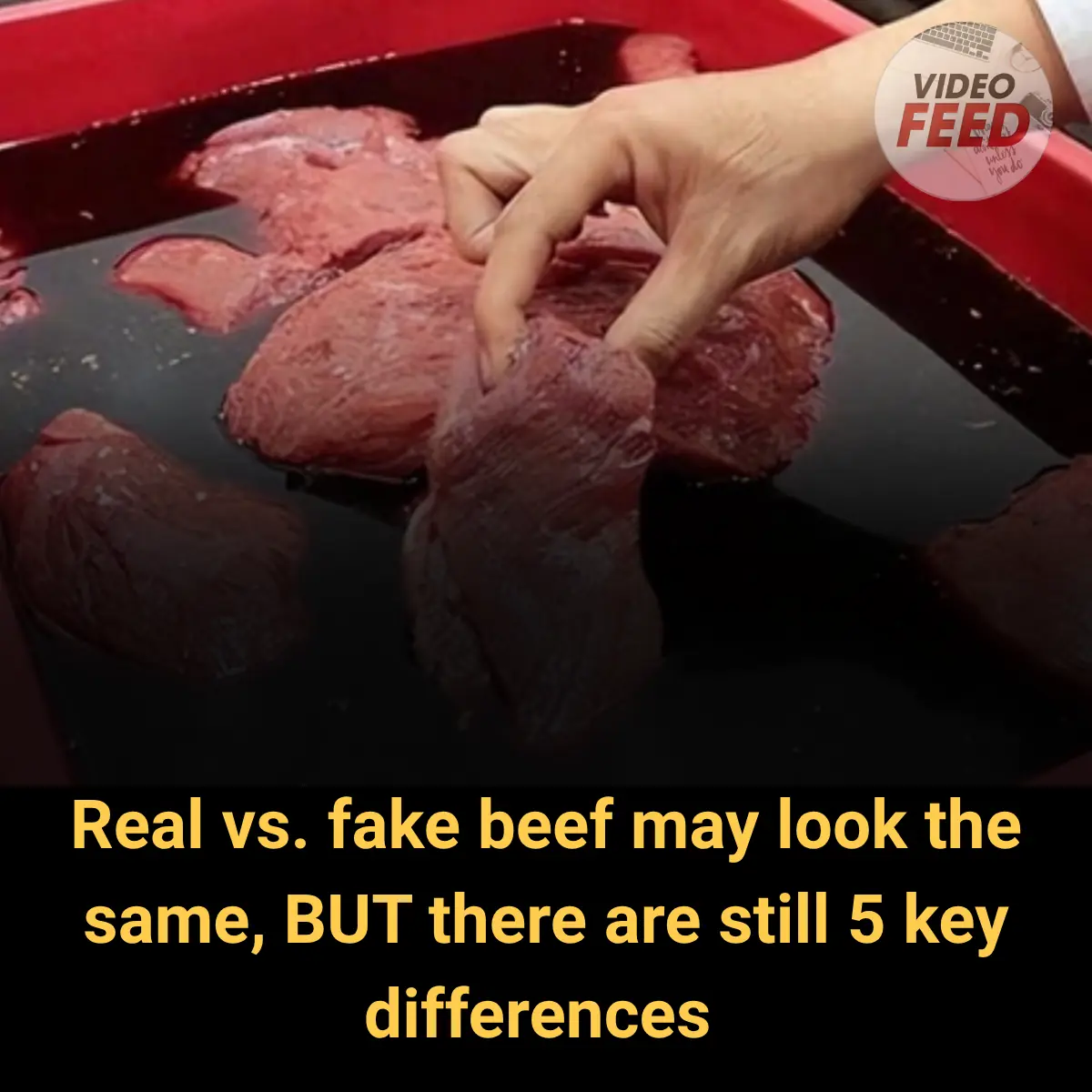
Here are 5 key differences that can help you tell real beef from imitation:
1. Color and Texture After Cooking
Real beef turns brown or greyish after being cooked, with fibers becoming more pronounced and slightly dry if overdone. Fake beef might retain a strange reddish tint or become unnaturally mushy or rubbery.
2. Smell While Cooking
Authentic beef has a rich, savory aroma when grilled or stir-fried. Counterfeit or low-quality meat often gives off an odd chemical or synthetic smell, especially when heat is applied.
3. Fiber Structure
Beef muscle fibers are long and well-defined. When you pull apart a piece of cooked beef, you should see distinct strands. Fake beef may fall apart easily, appear too smooth, or lack any visible muscle structure.
4. Fat Marbling
High-quality beef has visible marbling — small streaks of fat distributed throughout the meat. In fake beef, fat may appear as separate, artificial chunks or look overly white and plasticky.
5. Water and Oil Release
When cooking real beef, you may notice some fat melting and a modest amount of water release. Fake beef, on the other hand, often releases excessive water or oil — a sign of fillers or chemical treatment.
News in the same category

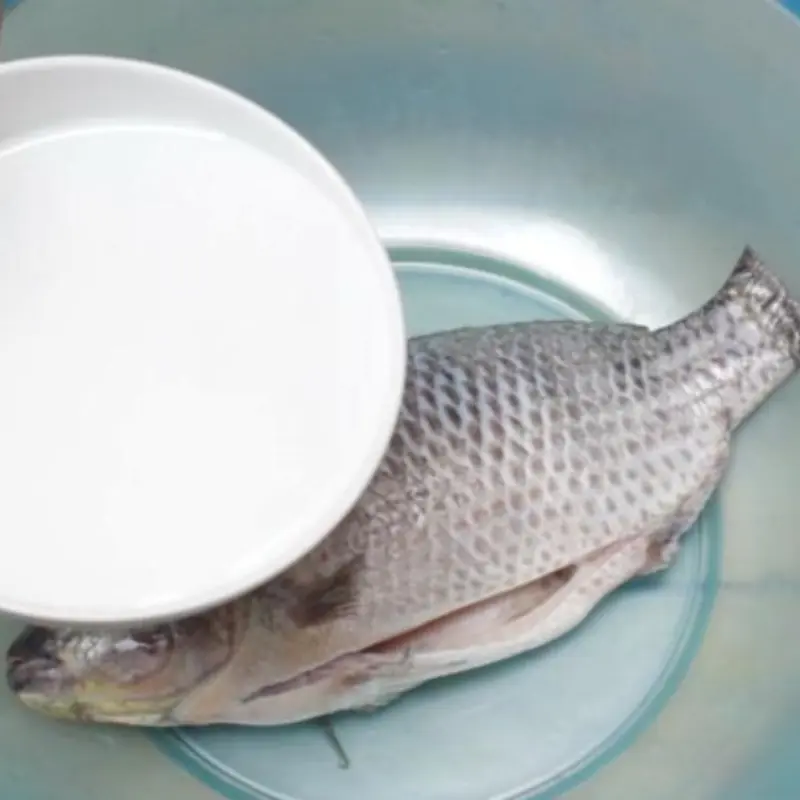
Turns Out, the Ultimate Weapon Against Fishy Odors Is Right in Your Kitchen
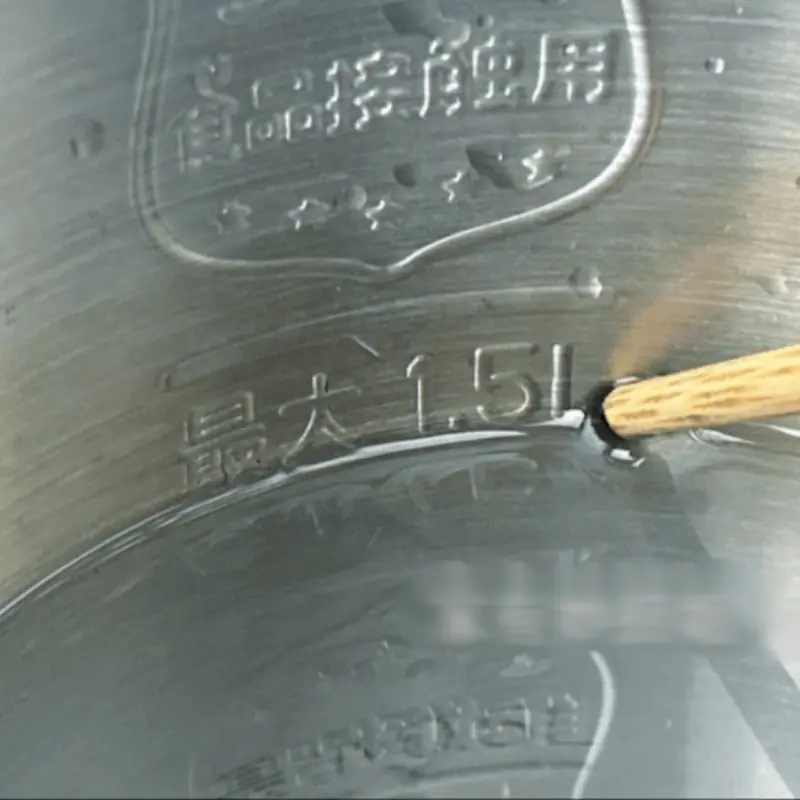
Using an Electric Kettle with These 6 Common Mistakes
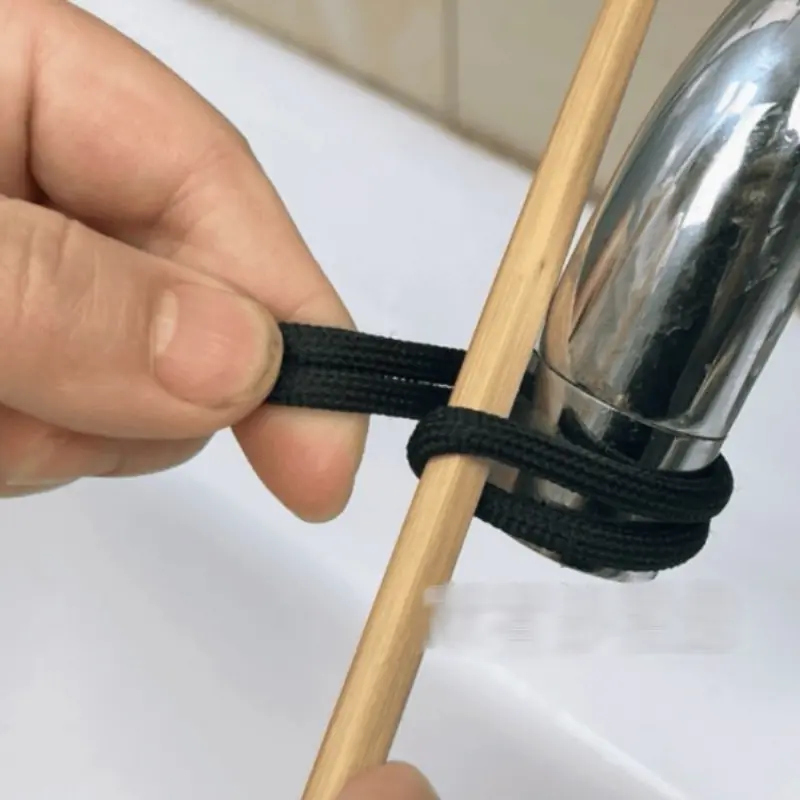
Using Just a Piece of String and a Chopstick
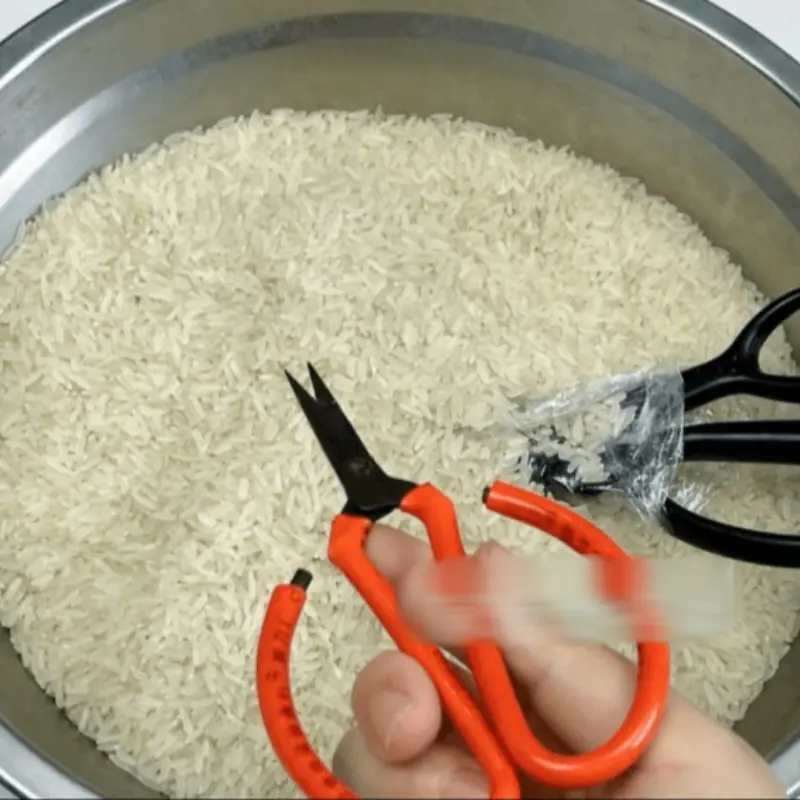
5 "Secrets" About Rice That Shock 90% of People
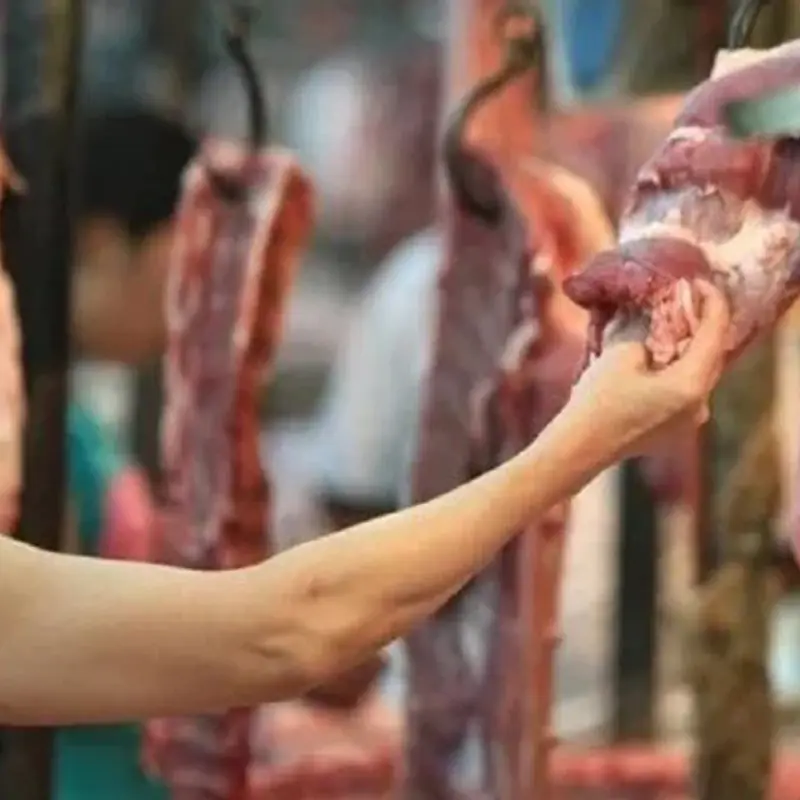
The Secret to Choosing the Best Beef at the Market
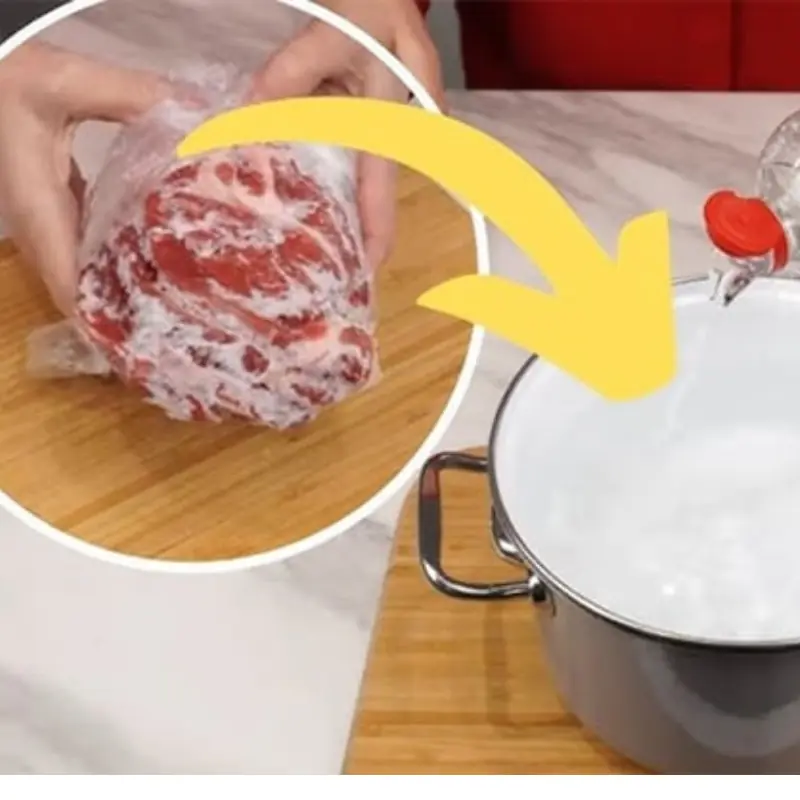
Stop Defrosting Meat with Cold Water
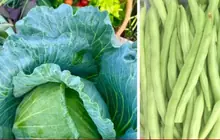
Experts name the summer vegetables most likely to contain chemicals
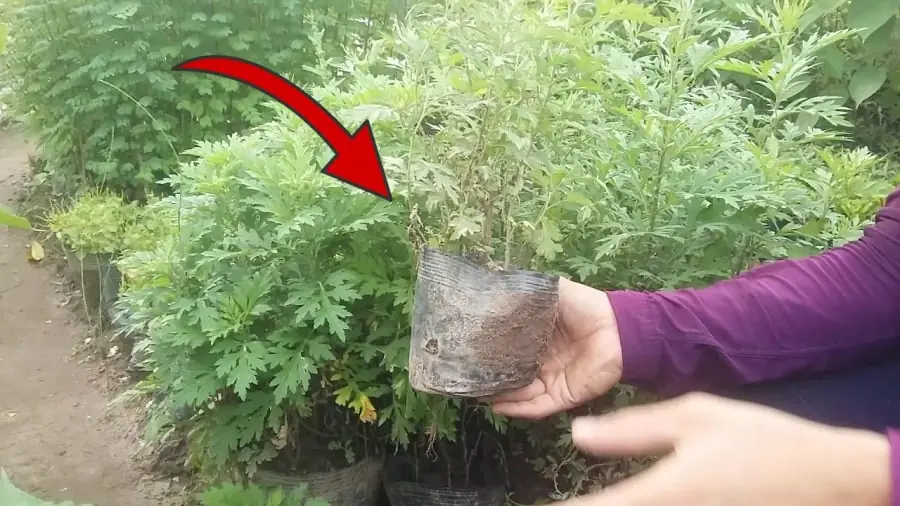
The plant that is thought to be only for food is actually a "lucky charm" in front of the door. Our ancestors advised every house to plant it

The vegetable that could save the world from hunger was once banned because it was... too ugly.

Place a Bowl of Water in the Fridge

Save Air Conditioner Wastewater to Solve 4 Household Problems and Cut Costs
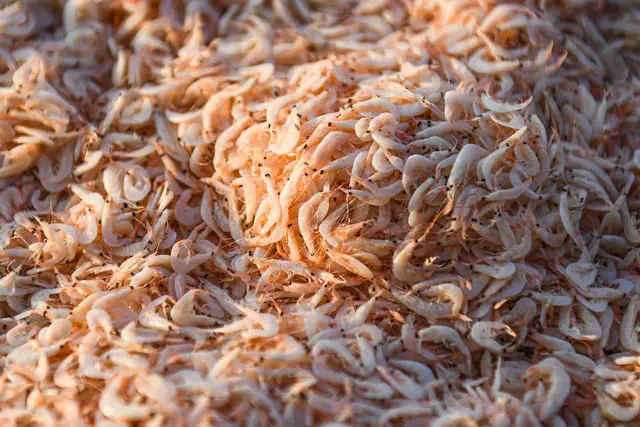
Seafood with 3 times more calcium than soybeans, China calls it "appetite enhancer" in summer
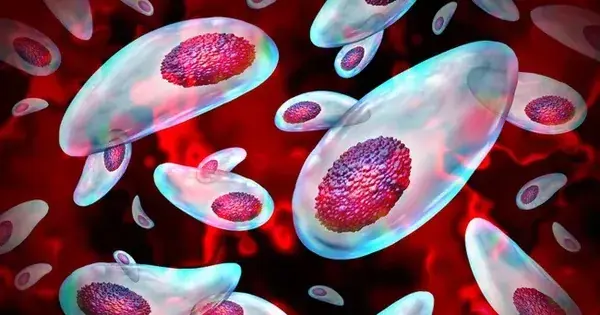
A parasite that can cut off human sp:erm, causing global infertility?

What Happens If You Eat Over 7 Eggs a Week? 🥚🤔
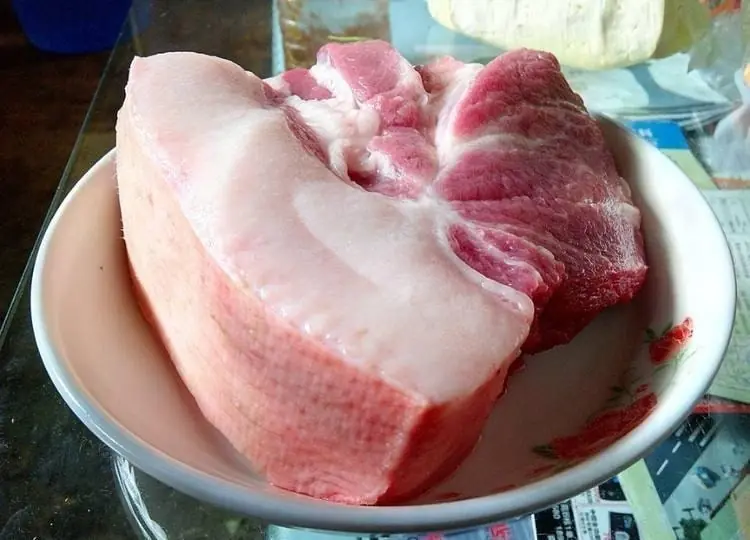
4 Pros & 4 Cons When Buying Pork: Pick Right and It’s Worth Every Gram

The Hidden Uses of Egg Boiling Water

This Type of Paper Should Never Come Into Contact with Food

Understanding Night Barking: 6 Reasons Your Dog Won’t Stay Quiet After Dark
News Post

Chilling Warning About a Common Household Appliance!
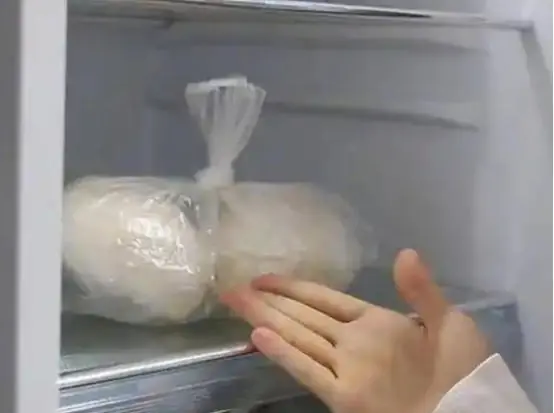
Warning! Stop Putting These 5 Things in the Fridge—They Could Become “Invisible Kil.lers”

6 Everyday Foods You Think Are Safe—But Are Actually To.xic

Be careful! Don't put these 5 things in the refrigerator anymore, they can become "invisible kil.lers"!

4 plants that easily "invite" snakes to come near, be careful when planting around the house!

Kidney atrophy before age 30: Doctors warn of 2 habits that cause kidney failure, many people suffer from it

This popular summer fruit has received attention from scientists for its cooling, diuretic properties and ability to naturally support liver detoxification.
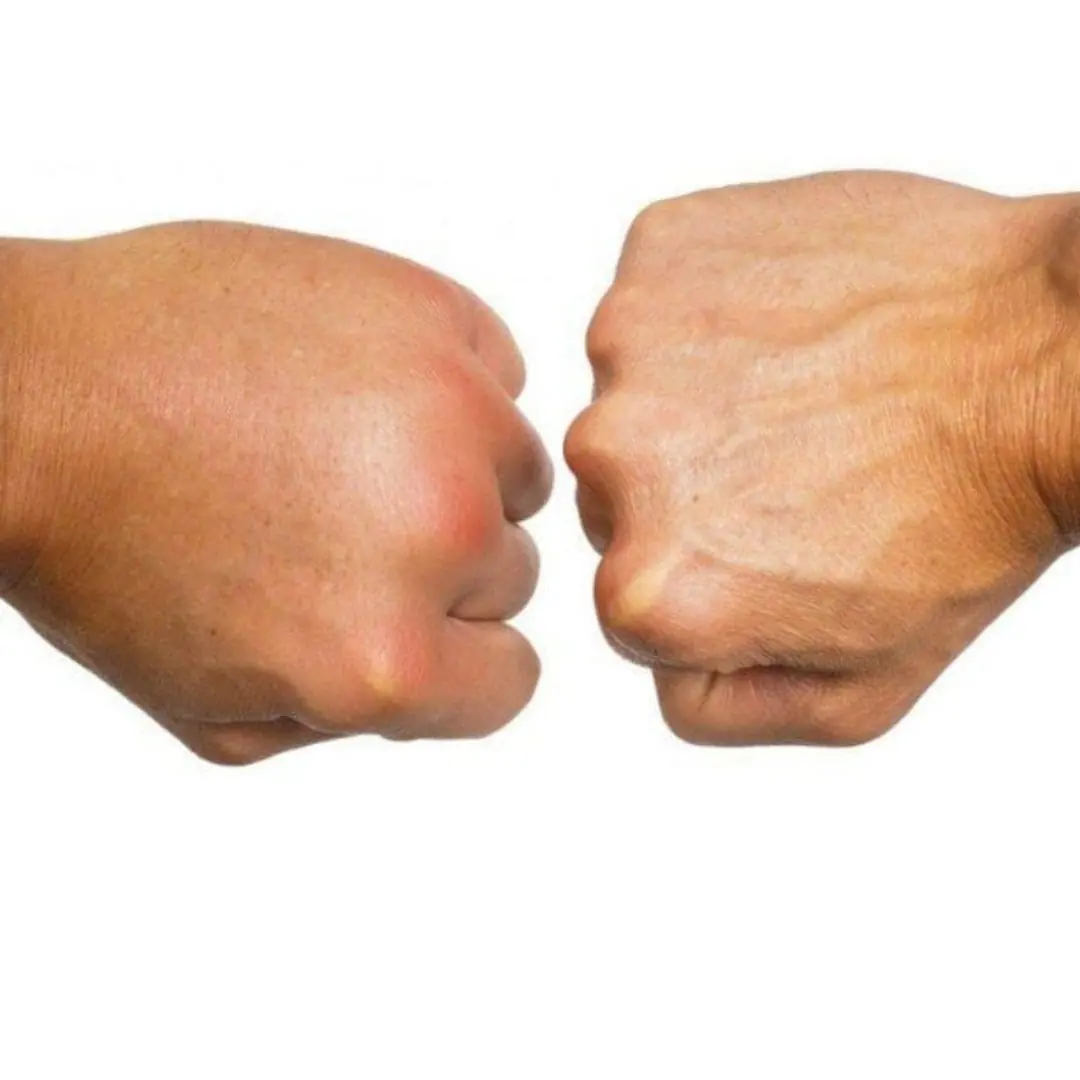
6 Simple Ways to Reduce Water Retention
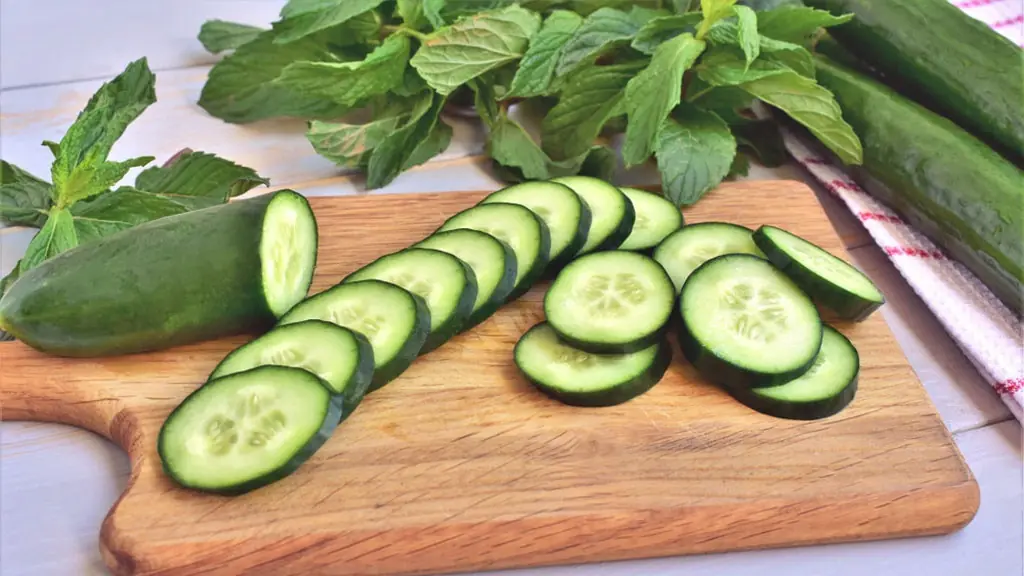
4 groups of people should avoid eating cucumbers

Drinking Hot Water: Health Benefits and R.i.sks

What Is the Spiritual Significance of a Black Cat?
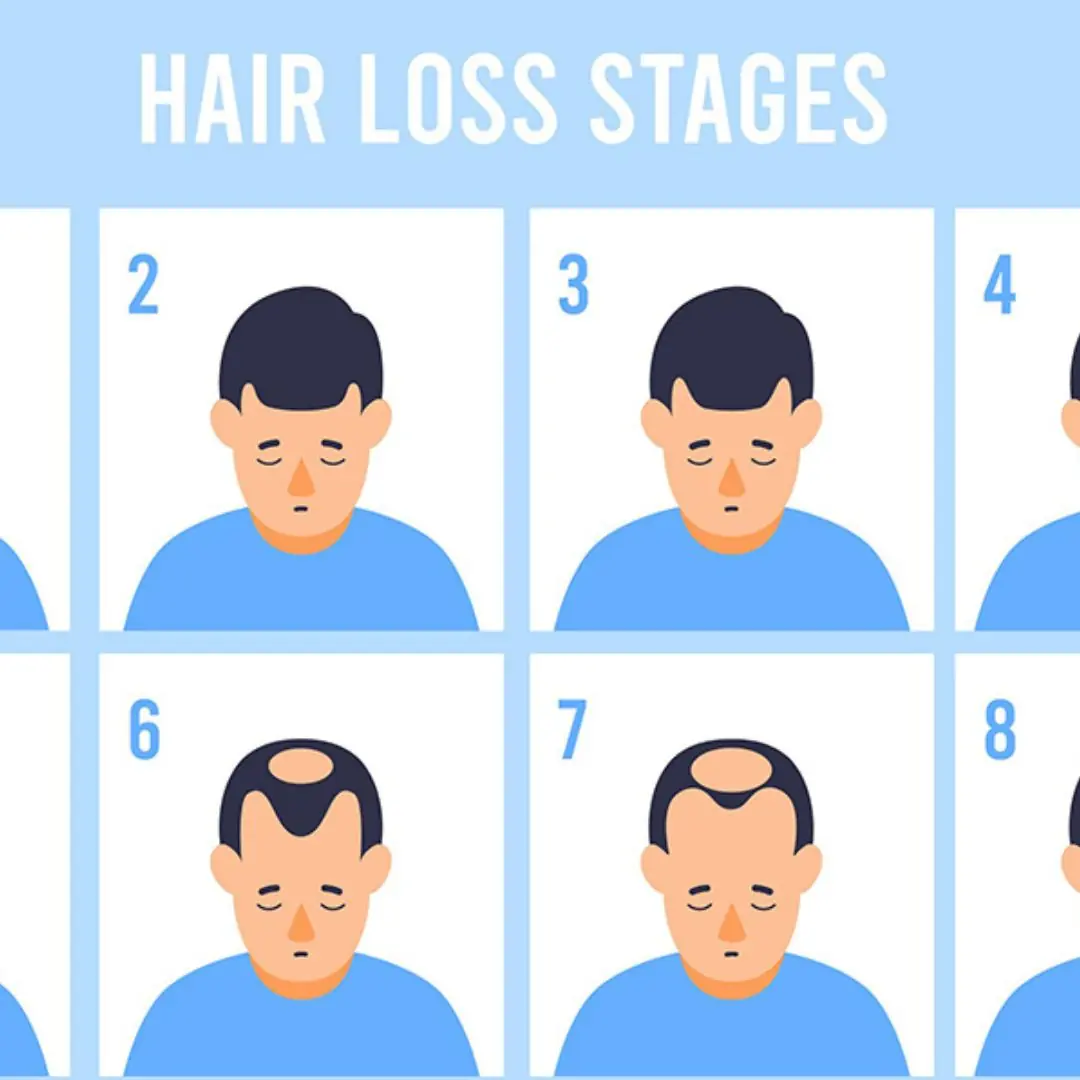
When Does Male Pattern Baldness Start And How To Prevent It

21-year-old male student with severe kidney and heart failure: The "culprit" is a familiar drink, not alcohol
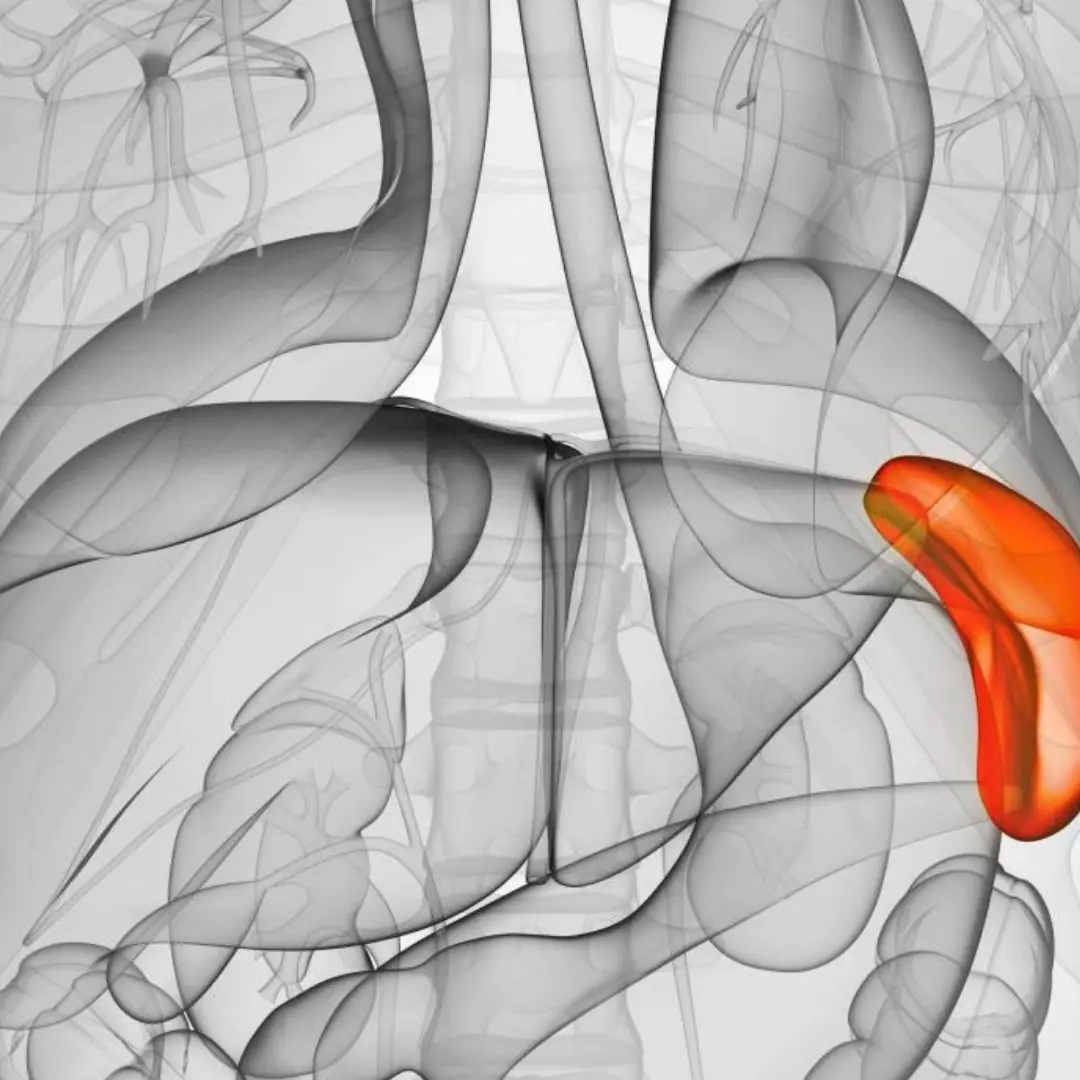
What are the symptoms of ca.n.cer of the spleen?
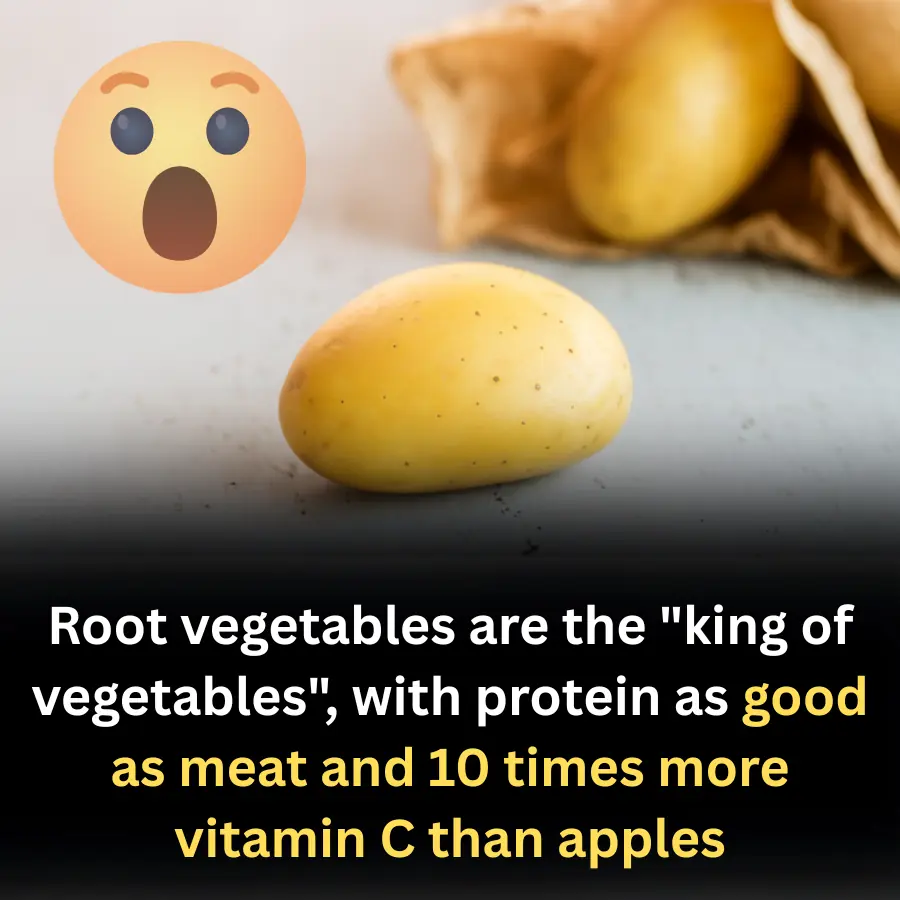
Root vegetables are the "king of vegetables", with protein as good as meat and 10 times more vitamin C than apples

Turns Out, the Ultimate Weapon Against Fishy Odors Is Right in Your Kitchen

Using an Electric Kettle with These 6 Common Mistakes

Using Just a Piece of String and a Chopstick
